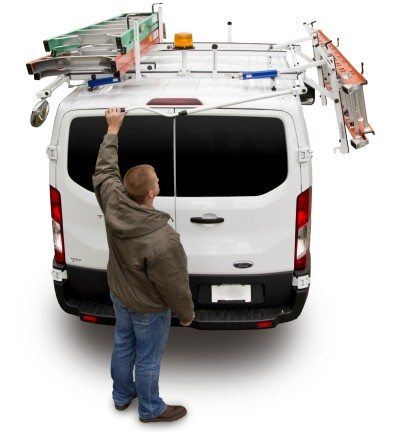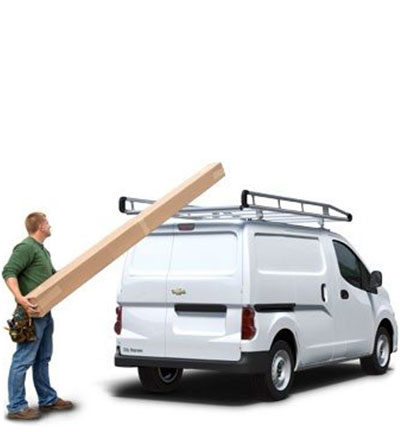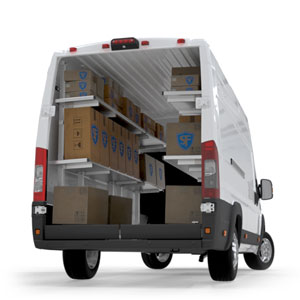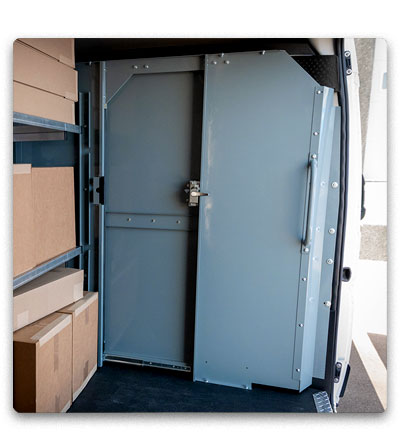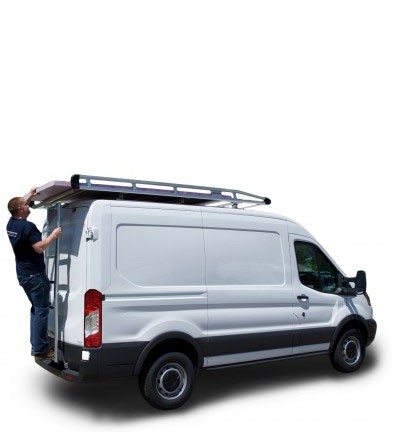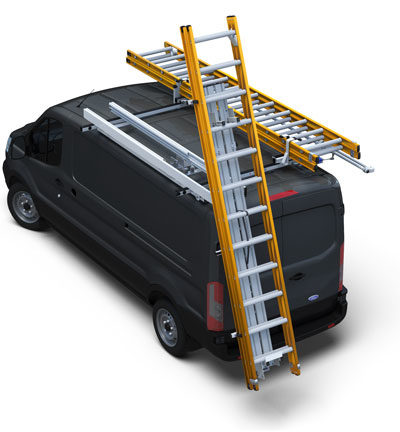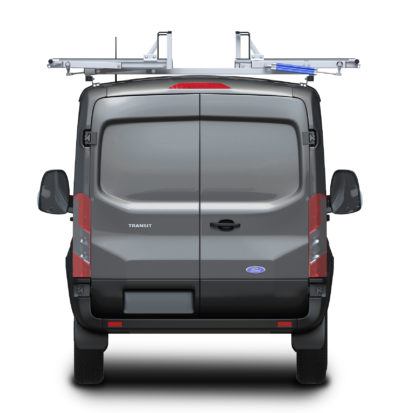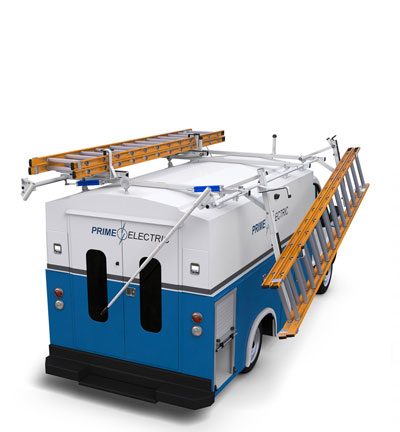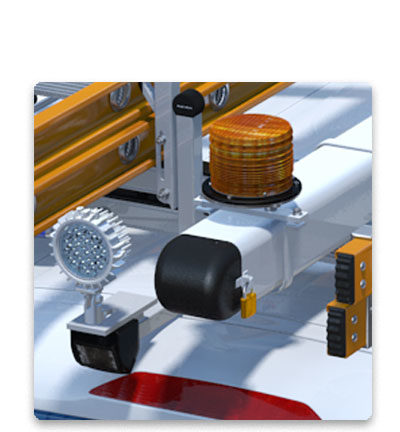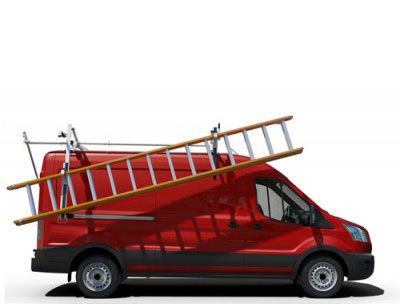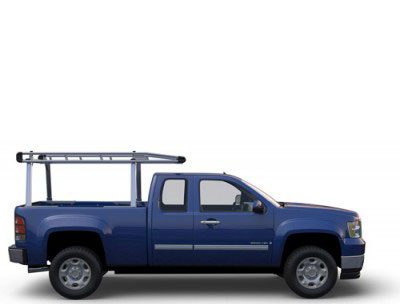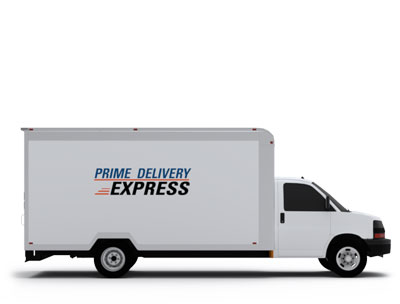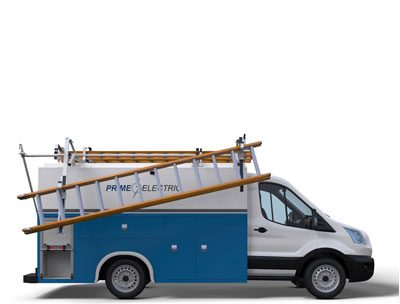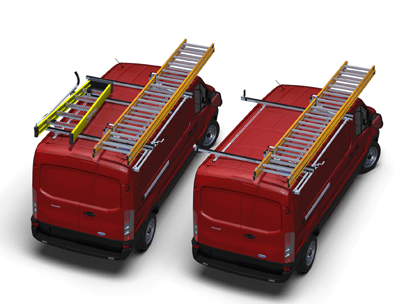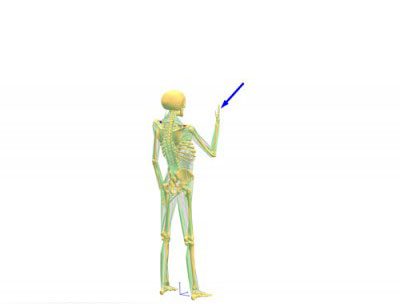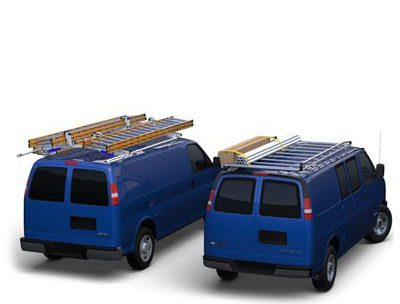Reduce injuries by conforming the work environment to human movement
OSHA defines ergonomics as the science of designing the job to fit the worker, rather than physically forcing the worker’s body to fit the job.
Applying ergonomic principles to work tasks, tools and equipment can help reduce or eliminate some of the most common workplace injuries and the associated costs.
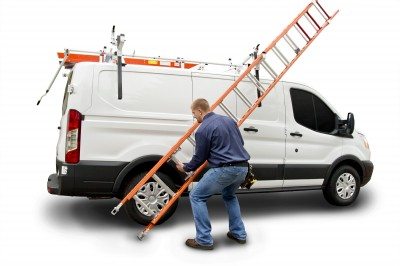
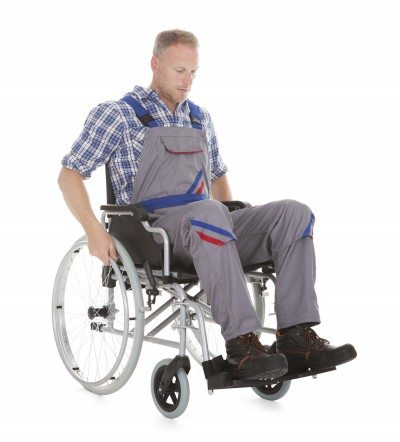
Poor Ergonomics Create Workplace Hazards
Working in an awkward, unnatural or repetitive way creates stress in a worker’s body. Over time, the cumulative effects of this stress can damage a person’s soft tissues, including muscles, tendons, ligaments, joints and cartilage. The damage can lead to serious, potentially disabling workplace injuries called Musculoskeletal Disorders, or MSDs.
MSDs account for more than 1/3 of all workplace injuries and can have a significant impact on business:
- Workers’ compensation claims
- Higher insurance premiums
- Short staffed
- Cost of backfilling or training a replacement
- Lowered productivity

Good Ergonomics is Good Business
Applying ergonomic principles at the job site enables employees to work and move in a safe, natural and physically comfortable manner. It also has positive effects on the company.
Employees:
- Lower risk of injury
- Less fatigue and muscle soreness
- Improved working conditions
- Improved morale
Companies:
- Less worker compensation claims
- Reduced absenteeism
- Lower insurance premiums
- Increased productivity
- Increased employee retention
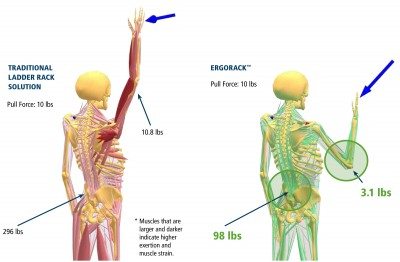
The Ergonomic Advantage
Prime Design has been the industry’s ergonomic leader since 1992, when we first introduced the concept of an ergonomic ladder rack.
Our design philosophy starts with the worker – how can we make the job safer, easier and more comfortable for the human body? That is because we firmly believe that a product’s design and how it impacts the user is every bit as important as the quality of materials and construction.
Our philosophy has guided the design of every product we engineer, and it is backed by science, independent studies and the sincerest form of flattery – imitation.
The graphic on the right illustrates how ErgoRack’s design greatly decreases the physical stresses involved in loading and unloading ladders.
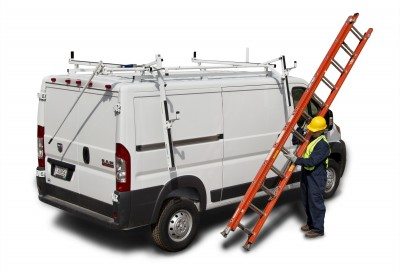
Bring it all together
Prime Design products are intuitive and safe to use. They do a superb job making the work of unloading, loading, and securing a ladder on your work truck or van safe and easy. Unfortunately, no ladder or roof rack can carry the ladder from the vehicle to where the ladder will be used at the job site.
Utilizing safe ladder handling procedures are what will provide tangible safeguards for employees at job sites and ensure maximum benefit for your business.
Safe Carrying Procedures:
- From ladder rack
- lower ladder feet to ground
- lift ladder over front hook
- place ladder on shoulder
- find the center balance
- grasp with both hands, one hand forward
- lift the feet and carry away
- From standing position
- Face the ladder and grab the rungs
- lower the ladder hand over hand walking backward
- once past center, turn the ladder 90 degrees onto it’s side
- place ladder on shoulder
- find the center balance
- grasp with both hands, one hand forward
- lift the feet and carry away
General ladder safety guidelines:
- Check the site
- Use the correct ladder for the job
- Inspect the ladder, is there anything broken
- Get a helper
- Lift with your legs
- Set the ladder on solid footing, clear from anything that could interfere
- Set extension ladders away one foot for every four feet of height (1:4)
- Secure ladder
- Keep hands free of tools or equipment, carry on belt or hoist with rope
- Always maintain 3 points of contact
- Do Not over-reach
Links to safe ladder usage tips:
